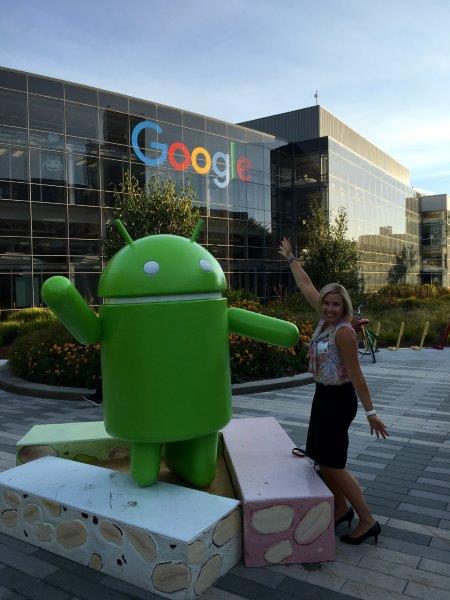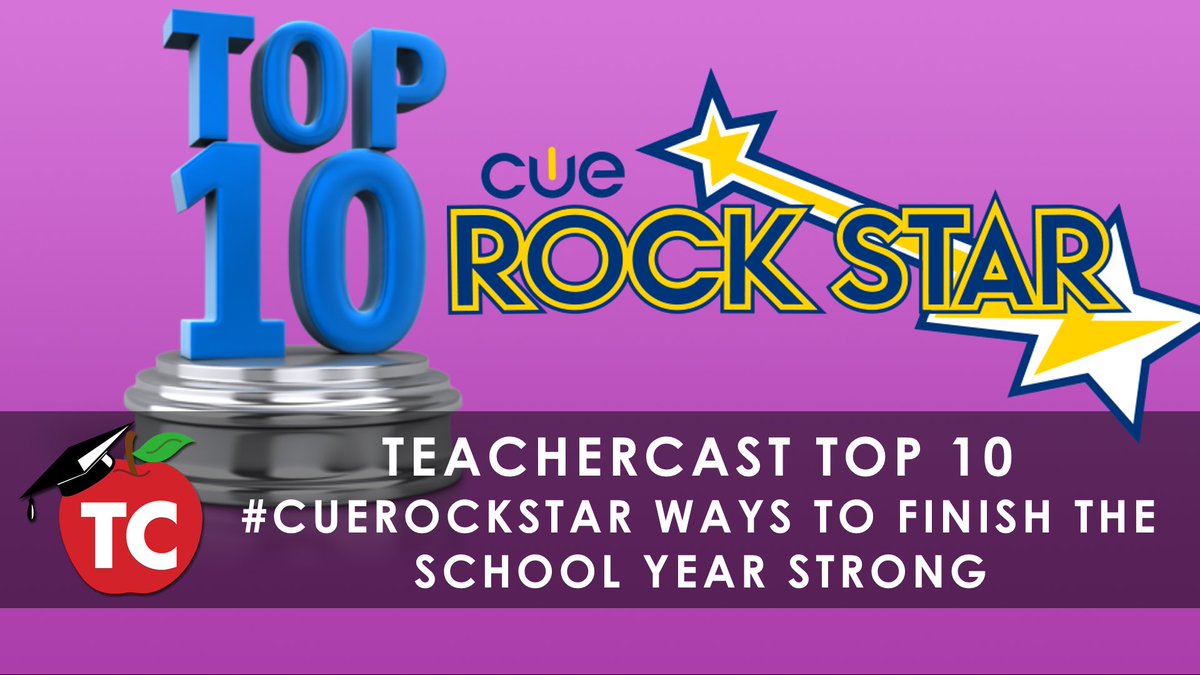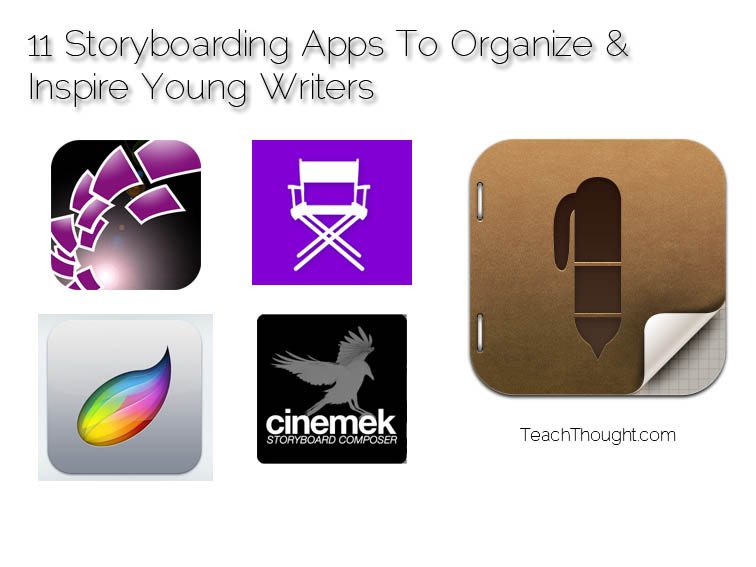The following are my comments at our teacher welcome back day, with the theme of "Moving Forward."
When I consider the theme of “Moving Forward,” the first questions that comes to my mind is “How fast are we going, and where are we headed?”
In our District, Curriculum and Instruction is moving rapidly towards 21st century teaching and learning. PUSD is actually on the cutting edge of innovative practices across the state. In other areas, we are moving a bit more slowly--careful and methodical. An old proverb says “If you want to go fast, go alone. If you want to go far, go together.” What we have accomplished in the past year is setting us up not to go fast, but to go far.
We are moving forward with several new curriculum implementations. First, our TK-6th grade teachers are training today in a brand new Language Arts curriculum. This will allow greater consistency for students across our district and more effective collaboration amongst teachers. Our 7-12 English teachers are infusing their lessons with non-fiction text through Scholastic news. Math instruction within our district, from TK all the way through 12th grade, is a leader in our region with Eureka Math, Math Links and the move to Integrated at our high schools. Our Social Studies teachers are using new, more current and relevant supplemental curriculum for Geography called Choices. Our freshman year Social Studies requirement has been updated and now requires freshman to complete the semester long “Success 101” course. Our Science teachers at the elementary level are completing groundbreaking work with Outdoor core alignment to the Next Generation Science Standards and our high school science teachers are considering implementation of integrated science. Our CTE teachers are considering how to make their courses up to date and relevant to the needs of students through the Career and Technical Education grant. All this while considering greater educational options for students through alternative education and Plumas Academies.
We are focusing on how technology can enhance teaching and learning through higher student engagement and personalized learning. We are rolling out a 1:1 computing program with two teachers per site. If you are one of our teachers participating in this rollout, please stand.
We have two amazing instructional coaches who have cutting edge training and research in effective coaching and instructional practices.
We also have some amazing Principals in our district. Six out of seven have been on the job for one year or less, but they are excited and energized to be a part of making our schools great places for students, parents, staff and our communities.
We have been able to do all of this because of your collaboration and teamwork. We have amazing teacher leaders among us. Working with your sites, CAIS, and Vertical teams, you help inspire and encourage one another in being the very best teachers we can be. If you are one of those leaders, please stand.
So, I’ll say it again. If you want to go fast, go alone. If you want to go far, go together. I want to thank you all for your spirit of collaboration. Across disciplines, across communities, your sense of teamwork and dedication to our students make this a great district to be a part of. Thank you for the work you do on a daily basis with your students, with your colleagues, with parents, and with me. Together, we’ll go far…it’s just as Dr. Seuss promised in Oh the places you’ll go, “We’re off to great places, today is our day, our mountain is waiting, so get on your way.”











